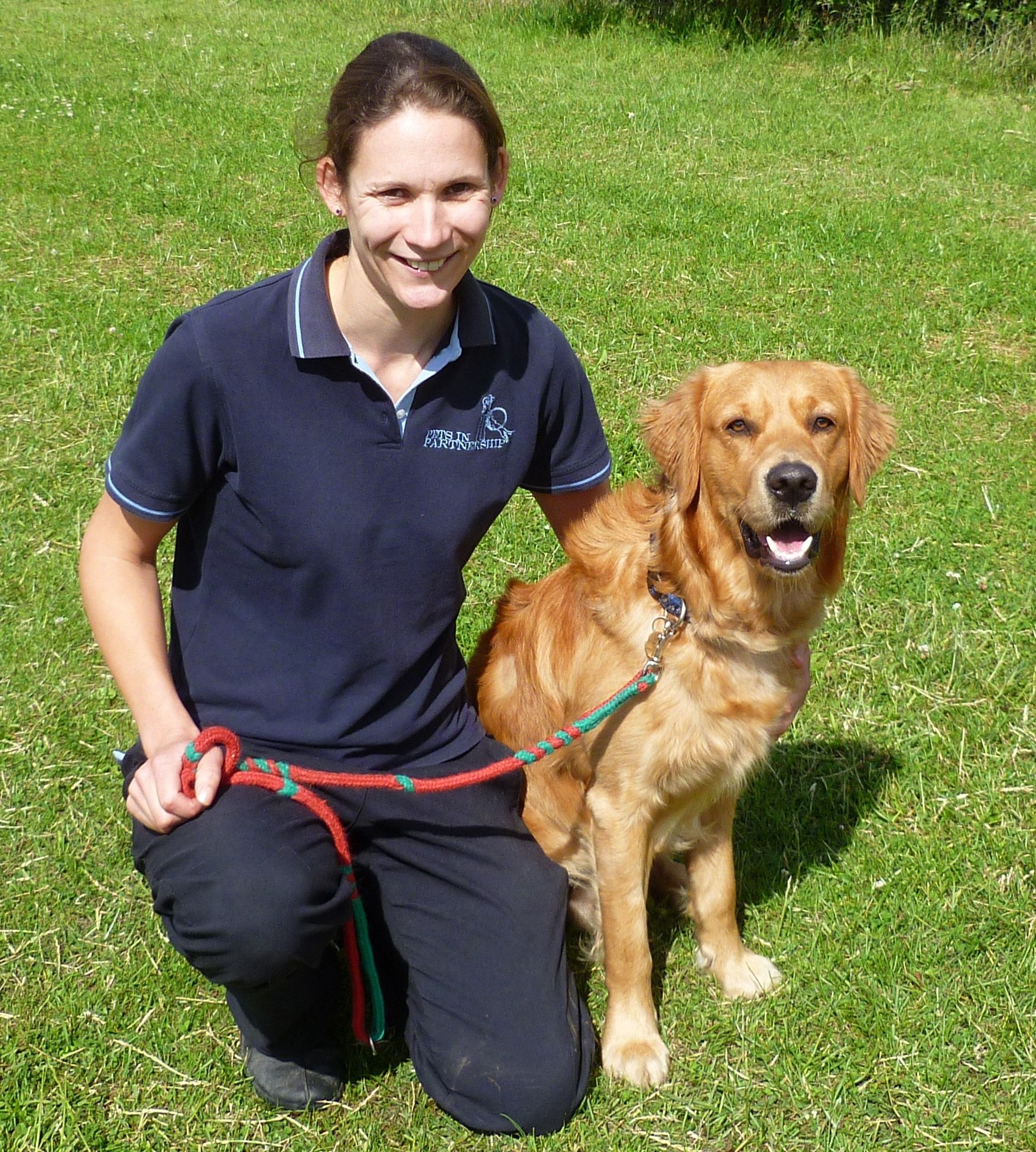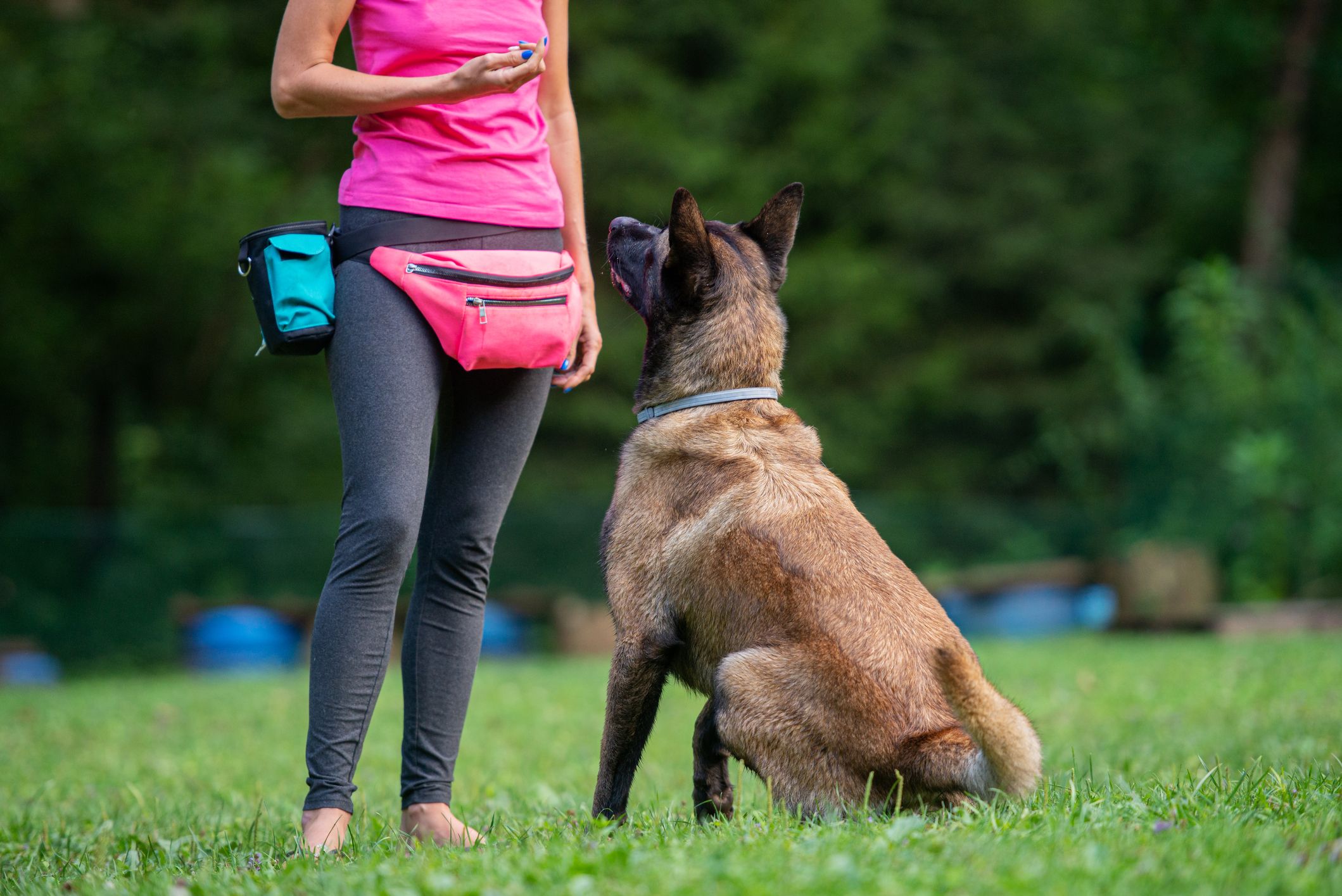Dog Training for First-Time Pet Owners: What You Need to Know
Dog Training for First-Time Pet Owners: What You Need to Know
Blog Article
Newbie's Overview to Effective Pet Training at Home
Efficiently educating a pet at home requires a nuanced understanding of canine habits and efficient communication techniques. Developing clear training objectives, using top notch benefits, and preserving uniformity throughout family participants are critical elements. Integrating training right into day-to-day routines can boost both interaction and retention.
Understanding Dog Actions
Understanding dog behavior is necessary for efficient training and promoting an unified partnership between humans and their canine friends. Pets connect mainly through body language, vocalizations, and faces, making it important for proprietors to analyze these signals precisely. Acknowledging behaviors such as tail wagging, roaring, or shrinking can supply understandings right into a pet's emotional state and intentions.

Usual behavior issues, such as aggression, anxiousness, or too much barking, often come from misunderstandings or unmet needs. Observing and attending to these issues immediately can stop acceleration and make certain a positive training experience. By cultivating a deep understanding of canine behavior, owners can customize their training methods to match their canine friends, ultimately causing a pleased and mannerly pet.
Vital Training Devices
A fully equipped training area can significantly improve the performance of pet dog training in the house. Necessary training tools ensure that both the canine and the fitness instructor can participate in efficient sessions that foster understanding and bonding.

Investing in a durable leash and a comfy, well-fitting collar or harness is essential for security and control. These tools aid develop limits and make sure the pet stays secure during training. In addition, a marked training area, devoid of distractions, aids focus for both the instructor and the dog.
Training help such as training pads, cones, or dexterity tools can likewise improve the experience by presenting variety and challenges. Finally, having a notebook or digital app for tracking progress can be important, enabling you to keep in mind successes and areas for enhancement. Using these crucial tools will certainly develop a favorable training environment and lay the foundation for reliable understanding.
Creating an Educating Routine
Developing a regular training routine is vital for effective dog training at home. A well-structured regular not only assists in reinforcing preferred actions however additionally provides your pet with a complacency and predictability. To produce a reliable training routine, start by determining specific training objectives, such as basic commands, chain walking, or house-training.
Choose a designated time each day for training sessions, ideally when your find out here now pet dog is responsive and sharp. Procedure must be brief, roughly 5 to 15 minutes, to preserve emphasis and avoid fatigue. Consistency in timing and environment will certainly improve your canine's knowing experience.
Include training right into day-to-day activities to strengthen abilities. For instance, technique commands during strolls or mealtime, which incorporates discovering into all-natural regimens. In addition, remain adaptable and change the regular as needed, accommodating your pet dog's energy levels and mood.
Favorable Reinforcement Methods
Positive reinforcement strategies are essential to effective pet training, advertising preferred behaviors with incentives as opposed to punishment. This technique uses favorable stimuli, such as treats, praise, or play, to encourage dogs to repeat particular actions. The cornerstone of this method is timing; benefits must be given immediately following the preferred behavior to produce a clear association.
When executing positive reinforcement, it is necessary to pick incentives that are encouraging for your pet. High-value treats, such as little pieces of poultry or cheese, can be specifically effective throughout training sessions. Furthermore, varying the incentives can preserve your dog's interest and interest.
Begin with simple commands, like "rest" or "stay," and gradually development to more complicated tasks. Uniformity is crucial; ensure that all relative use the same commands and reward systems to prevent complication.
In addition, it is vital to remain client and stay clear of disappointment. Pet dogs, like human beings, find out at their own rate. By promoting a helpful training atmosphere via positive reinforcement, you can boost your pet dog's understanding experience while strengthening the bond between you and your fuzzy friend, laying the foundation for successful training results.
Usual Training Obstacles
While educating a pet dog in your home can be a fulfilling experience, it typically features a set of usual challenges that can examine both patience and uniformity. One common issue is distraction. Canines might end up being easily sidetracked by noises, activities, or perhaps aromas in their environment, making Discover More Here it hard to keep their emphasis throughout training sessions.
An additional obstacle is inconsistency in commands and reinforcement. If relative use various hints or benefits, it can explanation prevent and puzzle the canine development. Establishing a unified approach is necessary for effective interaction.
Furthermore, canines can experience frustration or tension, specifically if they do not recognize what is anticipated of them. This can result in undesirable actions, such as eating or barking.
Lastly, the timing of support is vital (Dog training). Postponed rewards can lessen the performance of positive reinforcement, as pet dogs might fail to connect the actions with the incentive
Getting over these difficulties needs dedication, clear communication, and a structured training strategy. Recognizing and resolving these typical barriers will lead the way for a much more successful and enjoyable training experience in the house.
Final Thought
Finally, effective pet training in your home necessitates an extensive understanding of canine habits and efficient interaction methods. By developing clear training goals and using premium treats along with positive support, the training procedure becomes a lot more fulfilling for both the canine and the instructor. Flexibility, uniformity, and perseverance are important components that help with understanding. Inevitably, integrating training into day-to-day regimens boosts the bond in between dog and owner, making the experience both productive and enjoyable.
Establishing a constant training regimen is vital for reliable pet training at home.Favorable reinforcement techniques are essential to efficient pet dog training, advertising wanted habits via benefits rather than punishment (Dog training). By promoting a helpful training setting through positive support, you can improve your pet's discovering experience while enhancing the bond in between you and your hairy friend, laying the groundwork for effective training results
In final thought, successful canine training at home necessitates a comprehensive understanding of canine behavior and efficient interaction approaches. By establishing clear training goals and making use of top quality treats along with favorable reinforcement, the training process becomes extra satisfying for both the canine and the trainer.
Report this page